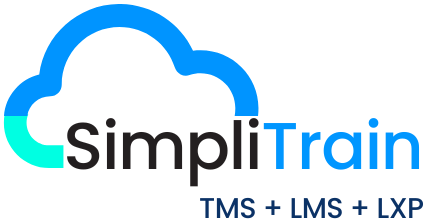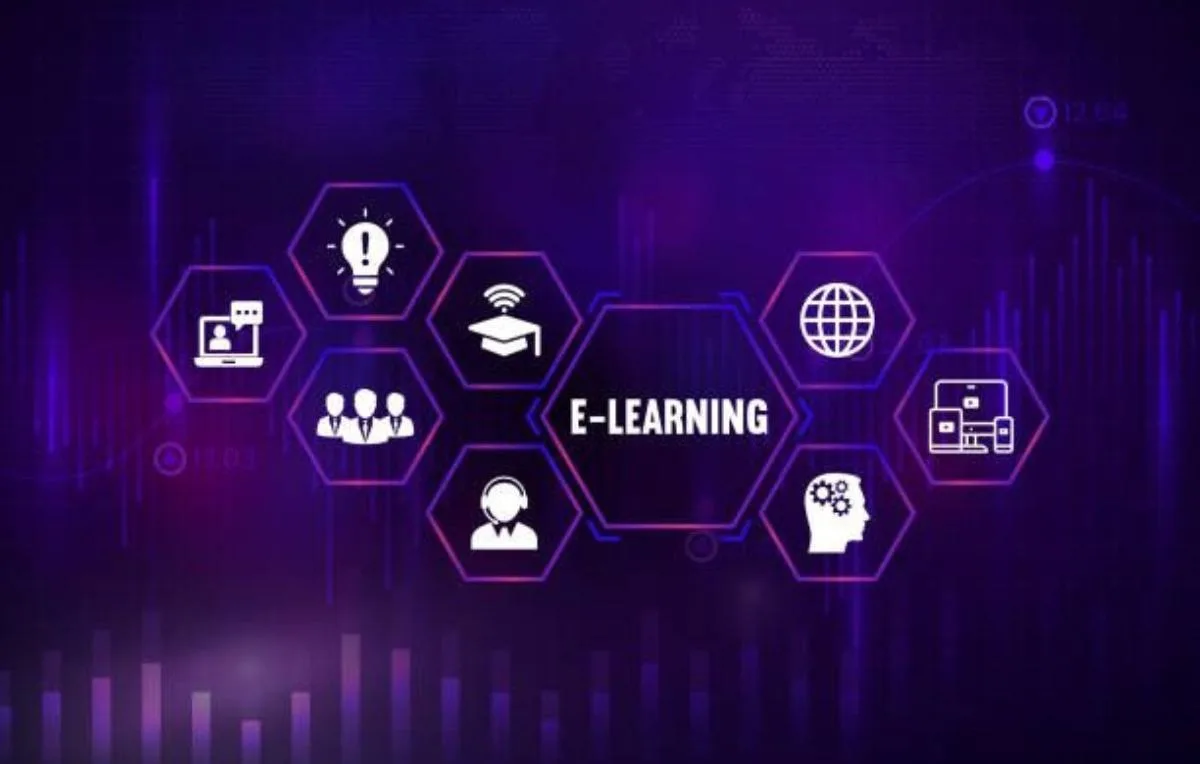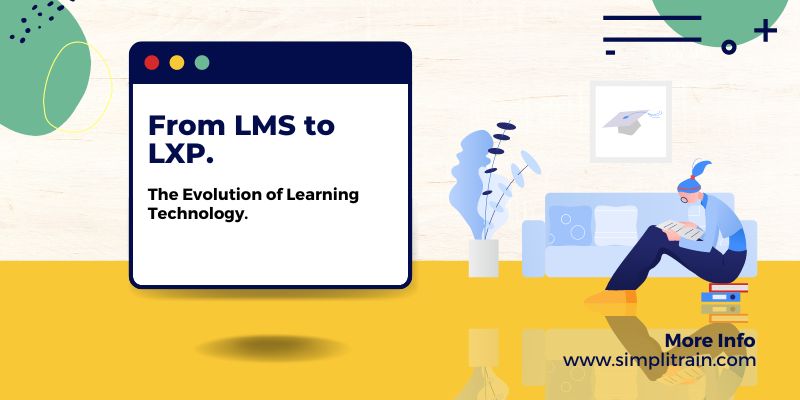In today’s fast-paced business environment, organizations are constantly seeking ways to streamline operations and optimize productivity. One area ripe for innovation is learning and development (L&D). The integration of a Training Management System (TMS) with a Learning Management System (LMS) offers a unified learning platform that can significantly enhance efficiency, reduce costs, and improve the overall training experience.
This article explores the TMS + LMS advantage, shedding light on how a unified platform can transform L&D processes and contribute to long-term success.
The Power of Integration: TMS + LMS
A Training Management System (TMS) focuses on the logistical aspects of training, such as scheduling, resource allocation, and compliance tracking. On the other hand, a Learning Management System (LMS) is designed to deliver and manage educational content, track learner progress, and assess outcomes. While both systems offer distinct benefits, their true potential is unlocked when integrated into a unified learning platform.
Organizations that integrate their TMS and LMS experience a 25% reduction in administrative overhead, enabling them to focus more on strategic initiatives.
Source: Brandon Hall Group
When combined, a TMS + LMS platform provides a comprehensive solution that bridges the gap between training logistics and learning delivery. This integration enables seamless data sharing, better reporting, and a more cohesive user experience for both administrators and learners.
Streamlined Operations for Maximum Efficiency
The integration of TMS and LMS allows organizations to automate and streamline many of the time-consuming tasks associated with managing training programs. This includes everything from scheduling and enrolling participants to tracking completion rates and generating reports. By automating these processes, organizations can reduce the manual effort required and minimize the risk of errors.
Companies that leverage integrated learning platforms see a 40% increase in operational efficiency, driven by automation and reduced redundancies.
Source: Training Industry Report
Furthermore, the unified platform enables real-time access to data, allowing L&D professionals to make informed decisions quickly. Whether it’s adjusting a training schedule based on resource availability or modifying content delivery methods to better suit learners’ needs, the TMS + LMS integration empowers organizations to respond swiftly and effectively.
Enhanced Learner Experience
One of the most significant benefits of a unified learning platform is the improved experience it offers to learners. With a single sign-on (SSO) feature, learners can access all their training materials, schedules, and assessments through one portal. This not only simplifies the learning process but also encourages greater engagement and participation.
Learners are 50% more likely to complete courses when they have a streamlined, user-friendly interface.
Source: eLearning Industry
The integration also allows for more personalized learning paths. By combining data from the TMS and LMS, organizations can tailor content to individual learner needs, ensuring that each employee receives the most relevant training. This personalized approach not only enhances the learning experience but also improves knowledge retention and application.
Better Reporting and Compliance Management
Compliance is a critical aspect of training, especially in regulated industries. A unified TMS + LMS platform provides robust reporting capabilities that make it easier to track compliance and ensure that all employees meet the necessary requirements. The integration allows for real-time tracking of compliance status, with automated alerts and notifications to keep everyone on track.
Organizations using a unified learning platform report a 30% decrease in compliance-related incidents.
Source: HR Tech Outlook
In addition to compliance tracking, the platform’s reporting features offer insights into the effectiveness of training programs. Organizations can analyze data on completion rates, assessment scores, and learner feedback to identify areas for improvement and optimize their training strategies.
Cost Savings and ROI
Investing in a unified learning platform can also lead to significant cost savings. By consolidating multiple systems into one, organizations can reduce software licensing fees, maintenance costs, and the resources required to manage separate platforms. Additionally, the efficiency gains from automation and streamlined processes contribute to a higher return on investment (ROI).
Companies that implement a unified TMS + LMS platform see an average ROI of 150% within the first year.
Source: Gartner
Moreover, the ability to deliver more effective training programs can result in better employee performance, higher retention rates, and reduced turnover costs, further enhancing the financial benefits of the unified platform.
The Future of Learning and Development
The integration of TMS and LMS into a unified learning platform represents the future of learning and development. By streamlining operations, enhancing the learner experience, improving reporting and compliance, and driving cost savings, this approach offers a comprehensive solution to the challenges faced by modern organizations. As businesses continue to navigate the complexities of the digital age, the TMS + LMS advantage will be a critical driver of success, empowering organizations to achieve their L&D goals with greater efficiency and impact.
87% of organizations planning to invest in learning technologies prioritize unified platforms as part of their digital transformation strategy.
Source: Forbes
This shift towards unified learning platforms is not just a trend—it’s a necessity for organizations aiming to stay competitive in an increasingly complex business environment. Embracing the TMS + LMS advantage is a strategic move that will deliver long-term benefits and set the stage for future growth.











